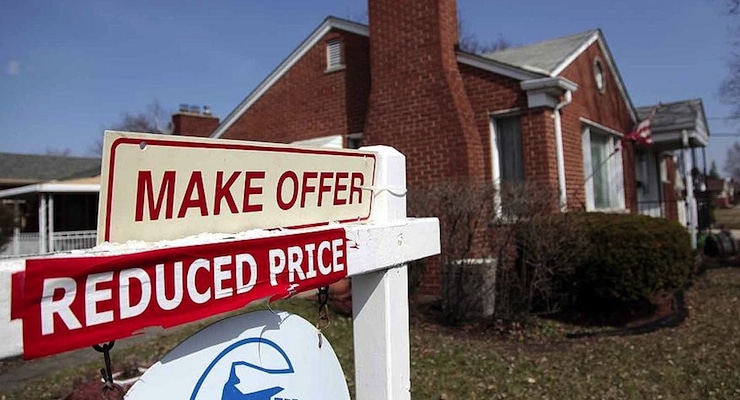

Home sales and home prices data and reports. (Photo: REUTERS)
U.S. single-family home prices rose less than expected on an annual basis in May, and were down from the prior month, a survey showed Tuesday. The S&P CoreLogic Case-Shiller composite index of 20 metropolitan areas rose 5.2 percent in May on a year-over-year basis, retreating from the 5.4 percent climb in the prior month and short of the estimate for a 5.5 percent increase from a Reuters poll of economists.
“Home prices continue to appreciate across the country,” says David M. Blitzer, Managing Director and Chairman of the Index Committee at S&P Dow Jones Indices. “Overall, housing is doing quite well. In addition to strong prices, sales of existing homes reached the highest monthly level since 2007 as construction of new homes showed continuing gains.”
“The SCE Housing Expectations Survey published by the New York Federal Reserve Bank shows that consumers expect home prices to continue rising, though at a somewhat slower pace.”
Prices in the 20 cities fell 0.1% in May from April on a seasonally adjusted basis, the survey showed, meeting the median forecast for a decline of 0.1 percent. On a non-seasonally adjusted basis, prices increased 0.9 percent from April.
Home prices in three U.S. cities – Denver, Seattle and Portland, Oregon – showed the highest year-over-year gains and in the last four months. In May, Portland led the way with a 12.5% year-over-year price increase, followed by Seattle at 10.7%, and Denver with a 9.5% increase. Eight cities reported greater price increases in the year ending May 2016 versus the year ending April 2016.
The most damning journalistic sin committed by the media during the era of Russia collusion…
The first ecological study finds mask mandates were not effective at slowing the spread of…
On "What Are the Odds?" Monday, Robert Barnes and Rich Baris note how big tech…
On "What Are the Odds?" Monday, Robert Barnes and Rich Baris discuss why America First…
Personal income fell $1,516.6 billion (7.1%) in February, roughly the consensus forecast, while consumer spending…
Research finds those previously infected by or vaccinated against SARS-CoV-2 are not at risk of…
This website uses cookies.